
At the 5th Regional Conference of the World Heritage Cities Organization (OWHC) in the Asia- Pacific region , Ms. Ang Ming Chee, Director General of the World Heritage Organization George Town (Malaysia) emphasized that the biggest challenge does not lie in architectural conservation techniques, but in keeping the community within the heritage.
“People must feel that they are the subject, the co-creator of identity,” she said. This perspective shows a shift, where preservation is no longer synonymous with “museumization,” but rather toward “social co-creation.” This is also a way to ensure that heritage is not separated from life, a direction that many cities are striving to pursue.
However, the problem is that when heritage becomes a dynamic living space, the boundary between conservation and development intervention is very fragile. A festival, a walking street, or a "characterful" resort can all be reacted to because of concerns about distorting the original value, of which Hue was a typical example. Many researchers believe that: While talking about "conservation for the community", many places are using the community as a tool for tourism development.
From a technological perspective, Dr. Hong Seung Mo (Korea) proposed a “digital heritage” model, using information technology, 3D scanning, and digital data to restore, reproduce, and manage heritage. Hue is cited as an example of digitalizing Thai Hoa Palace, paving the way for a comprehensive management model of the Imperial Citadel in the future. However, commenting from a policy perspective, it can be seen that the concept of “digital heritage” is still at the technological level, not reaching the legal level. Heritage Laws of many countries do not clearly stipulate the management of intangible heritage using digital data, or the ownership of reproduced products. The question is whether “digital heritage” is recognized as a form of legal preservation, or just a research support tool?
Moreover, digital preservation also risks separating heritage from real life. When the past is “digitized”, people easily stop at just looking at it, but forget to live with it. Heritage cannot exist solely on a data platform, but must be linked to the memories, livelihoods and culture of the community.
Dr. Le Thi Minh Ly (Vietnam Cultural Heritage Association) cited the heritage inventory project in Hue (more than 800 relics, 600 intangible heritages) as a remarkable effort in knowledge management. Here, what is worth mentioning is not only the numbers, but also the way that data is operated in the policy system.
In many countries, heritage law is still separate from planning law, investment law or tourism law. Each side speaks a different “language”, making it difficult for conservation and development to find a common voice. This is the reason why many projects, despite being called “heritage restoration”, have become commercialized works. Or conversely, traditional residential areas are stagnant in development because of “conservation regulations”. Therefore, the biggest contradiction is not between heritage and urban areas, but lies in the conservation mindset itself, between “closed” conservation (maintaining the status quo) and “open” conservation (accepting adaptation).
It is impossible not to mention the conflict between local residents and tourists, an inevitable consequence when conservation is linked to the tourism economy. In George Town (Malaysia), Hoi An (Vietnam) or Luang Prabang (Laos), people gradually leave the central area because of rising living costs, and the old town becomes a display space. At that time, heritage is no longer a "place of memory", but only a backdrop for experience. This paradox shows that if "conservation for the community" is not materialized with economic benefits and clear residence policies, it will only remain an idea. Conservation cannot be separated from livelihoods, nor can it be maintained by "romance" alone. For this to come into reality, a fundamental adjustment is needed from the legal framework and urban management mechanism.
Conservation is not just a matter of the past, but a matter of the present and the future. It is necessary to ensure the parallel factors for people, quality of life and urban sustainability. Among many conservation trends, the one thing that does not change is people. They are the subjects that create, preserve and benefit from heritage. But for people to truly be at the center, there needs to be a consistent perspective, concretized by mechanisms, policies and even laws. Because, preserving heritage is not to put it in the past, but to pave the way for the future.
Permanent Vice Chairman of Hue City People's Committee Nguyen Thanh Binh
Nguyen Thanh Binh, Permanent Vice Chairman of the Hue City People's Committee, shared that conservation is not only a matter of the past, but also a matter of the present and the future. It is necessary to ensure the parallel factors for people, quality of life and urban sustainability. Among many conservation trends, what remains unchanged is people. They are the subjects that create, preserve and benefit from heritage. But to truly put people at the center, there needs to be a consistent viewpoint, concretized by mechanisms, policies and laws. Because, preserving heritage is not to put it in the past, but to pave the way for the future.
Source: https://nhandan.vn/gin-giu-di-san-de-mo-loi-cho-tuong-lai-post918063.html


![[Photo] General Secretary To Lam received the delegation attending the international conference on Vietnam studies](https://vphoto.vietnam.vn/thumb/1200x675/vietnam/resource/IMAGE/2025/10/26/1761456527874_a1-bnd-5260-7947-jpg.webp)

![[Photo] Nhan Dan Newspaper displays and solicits comments on the Draft Documents of the 14th National Party Congress](https://vphoto.vietnam.vn/thumb/1200x675/vietnam/resource/IMAGE/2025/10/26/1761470328996_ndo_br_bao-long-171-8916-jpg.webp)


![[Photo] Enjoy the Liuyang Fireworks Festival in Hunan, China](https://vphoto.vietnam.vn/thumb/1200x675/vietnam/resource/IMAGE/2025/10/26/1761463428882_ndo_br_02-1-my-1-jpg.webp)
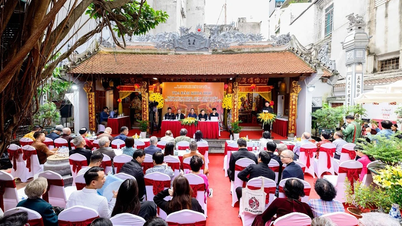
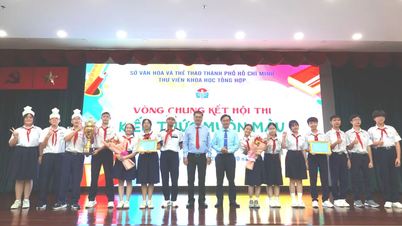

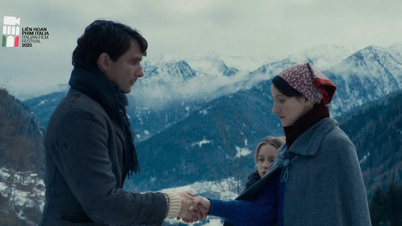

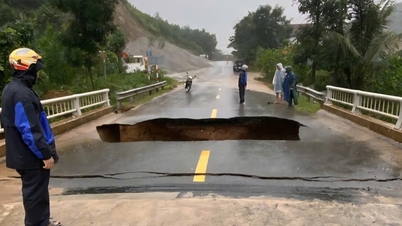

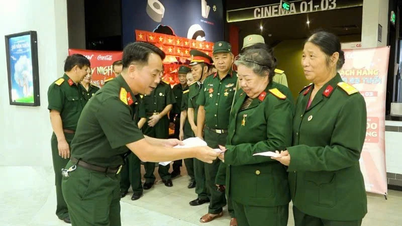





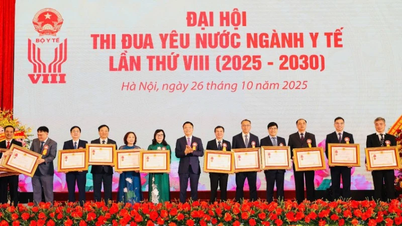

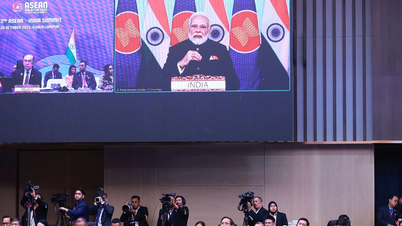

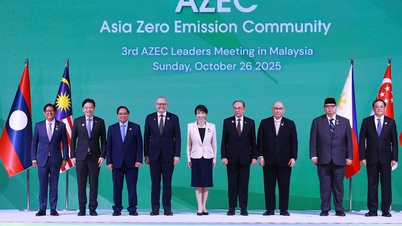

![[Photo] Prime Minister Pham Minh Chinh attends the opening of the 47th ASEAN Summit](https://vphoto.vietnam.vn/thumb/1200x675/vietnam/resource/IMAGE/2025/10/26/1761452925332_c2a-jpg.webp)
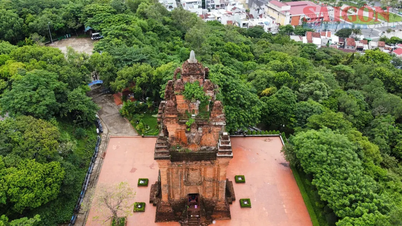


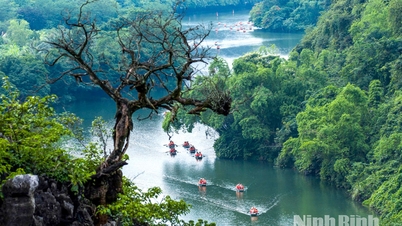


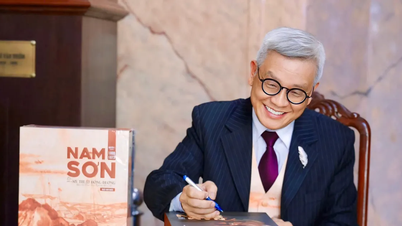




























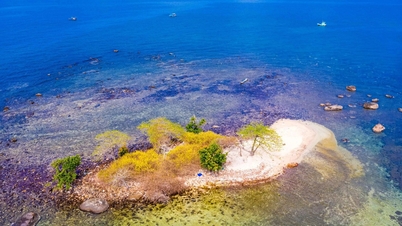



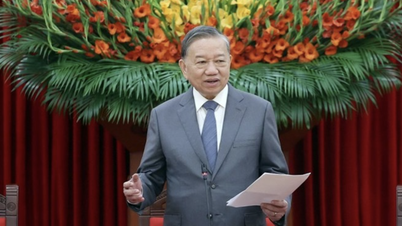

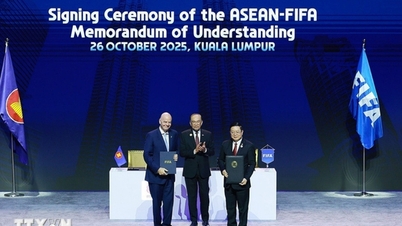

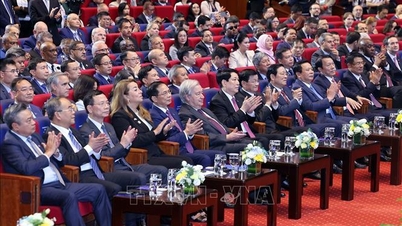

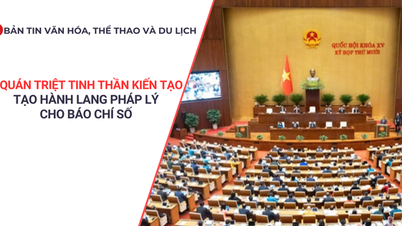
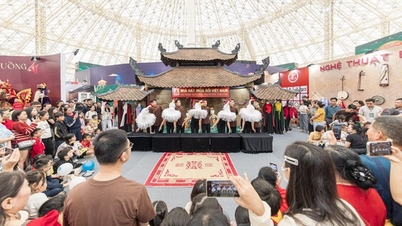


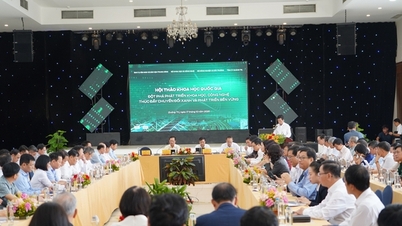


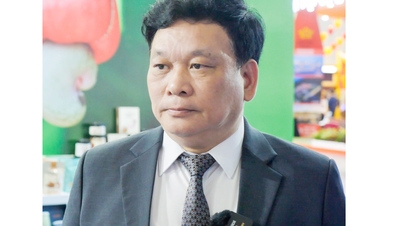

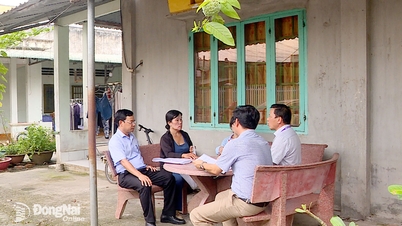
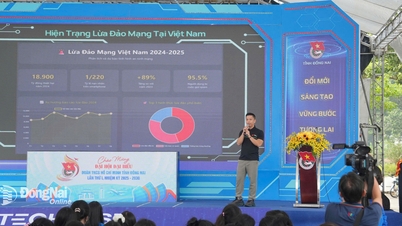















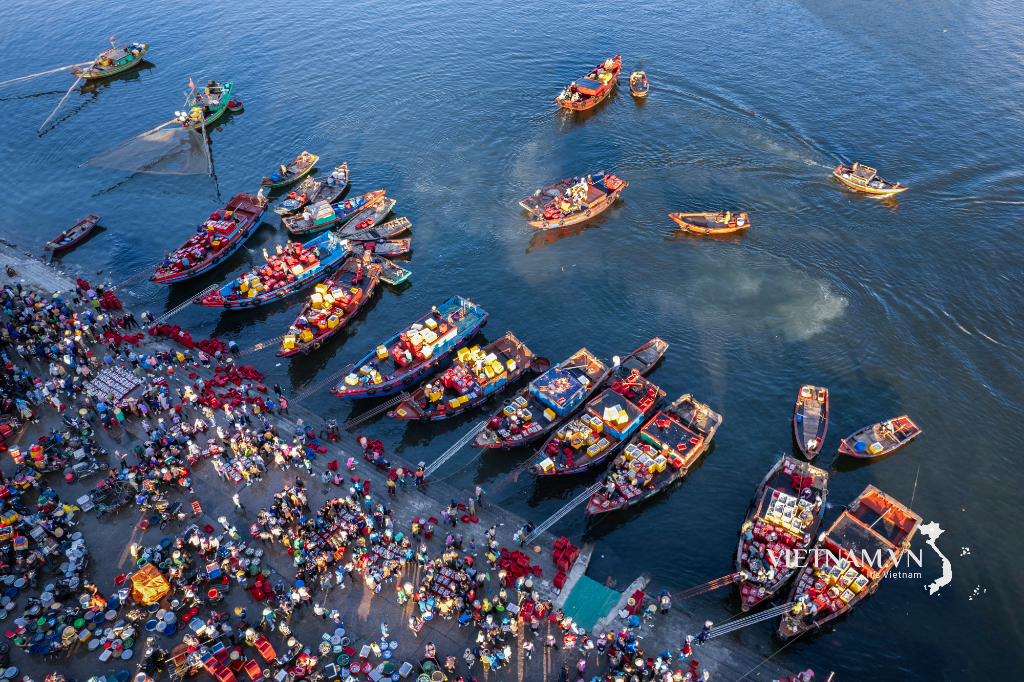
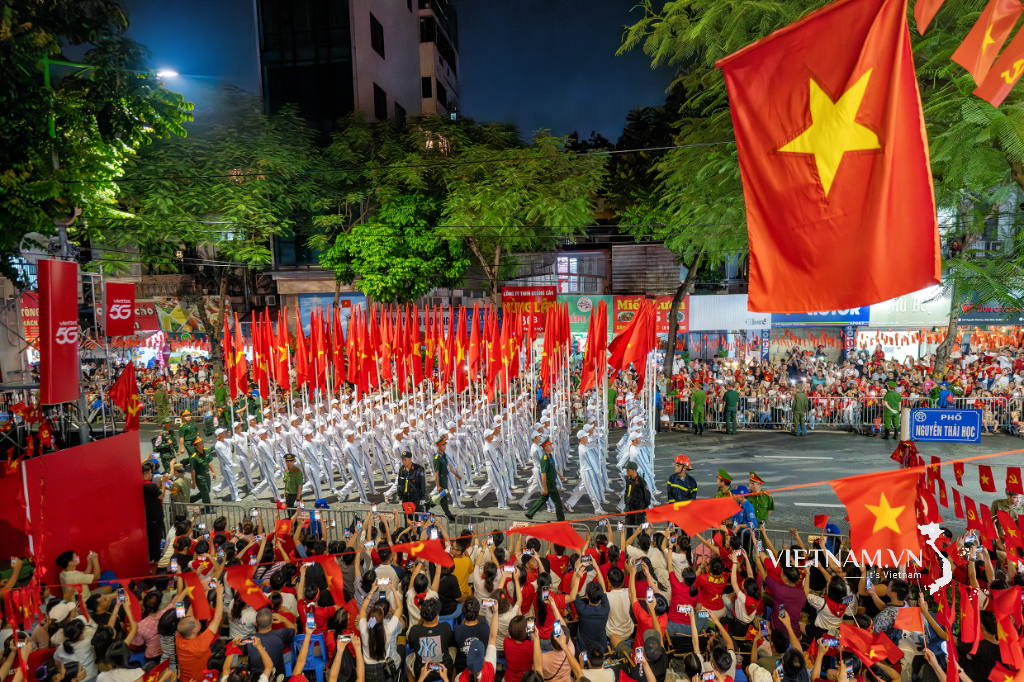
Comment (0)